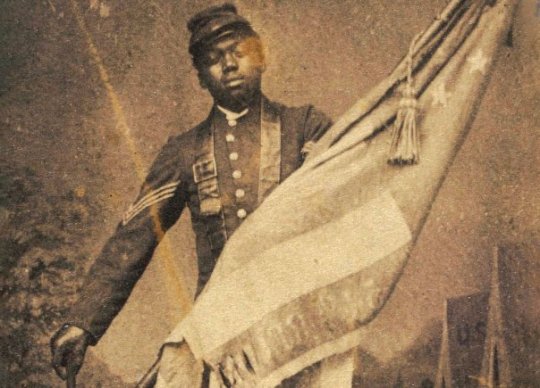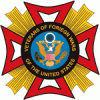
By Cheryl Pellerin
DoD News, Defense Media Activity
WASHINGTON, Feb. 27, 2017 — U.S. Defense Secretary Jim Mattis will present a preliminary version of the Pentagon’s new plan to rapidly defeat the Islamic State of Iraq and Syria during a meeting of the White House Principals Committee today, Navy Capt. Jeff Davis said here this morning.
The Cabinet-level senior interagency forum, which usually does not include the president, already has received copies of the classified report, which Davis described as a framework for a broader global plan. President Donald J. Trump requested the plan in a Jan. 28 presidential memorandum.
“This is not just a military plan,” he told reporters during a briefing. “It draws upon all elements of national power — diplomatic, financial, cyber, intelligence [and] public diplomacy, and it’s been drafted in close coordination with our interagency partners.”
Davis added, “This plan is truly transregional. This is not just about Iraq and Syria, it is about defeating ISIS around the globe,” and other transregional violent extremist organizations, such as al-Qaida.
“From the secretary’s standpoint,” Davis said, “he is very committed to rebuilding readiness and is looking for us to find ways to do that quickly and in ways that reflect our being good stewards of taxpayer dollars.”
2017 Budget Amendment
Davis also said the Pentagon is working with the Office of Management and Budget to finalize Defense Department budget amendment numbers.
“We are not able at this point to confirm specific numbers, the captain said, “but stay tuned to what OMB has to say. Once we’ve settled on the numbers we are postured to provide OMB with our budget amendment material as soon as possible in order to meet their goal of March 1.”
As Mattis has emphasized, he added, the budget amendment will focus on meeting warfighter needs and addressing critical readiness shortfalls.
“The highest priority for the fiscal year 2017 budget amendment is on programs and efforts that can be executed in the remainder of [fiscal year 2017] ending on Sept. 30,” Davis said. “Items that cannot be reasonably expected to be executed in this fiscal year will be recommended to be deferred [for placement] in the FY 2018 base budget.”
Exercise Flintlock 2017
Also during the briefing, Davis said that beginning today about 2,000 service members from 24 African, European and North American partner nations will participate in Flintlock 2017 — U.S. Africa Command’s premier special operations forces exercise. It takes place in seven nations throughout North and West Africa.
“This year,” Davis said, “Flintlock is being hosted by Burkina Faso, Chad, Cameroon, Niger, Mauritania, Morocco and Tunisia.”
The exercise bolsters partnerships among African, European and North American special operations forces, increasing their ability to work together in times of crises, Davis added.
According to Africom, participating nations include Algeria, Burkina Faso, Cabo Verde, Cameroon, Chad, Mauritania, Morocco, Niger, Nigeria, Senegal, Tunisia, Australia, Austria, Belgium, Canada, Denmark, France, Germany, Italy, The Netherlands, Norway, Spain, the United Kingdom and the United States.
Chadian soldiers raise the flags of partner nations participating in Flintlock 17 during the opening ceremony Feb. 27, 2017. Flintlock is an annual Special Operations Exercise involving more than 20 nation forces that strengthens security institutions, promotes multilateral sharing of information, and develops interoperability among partner nations in North West Africa.
U.S. Army photo by Staff Sgt. Terrance Payton

























